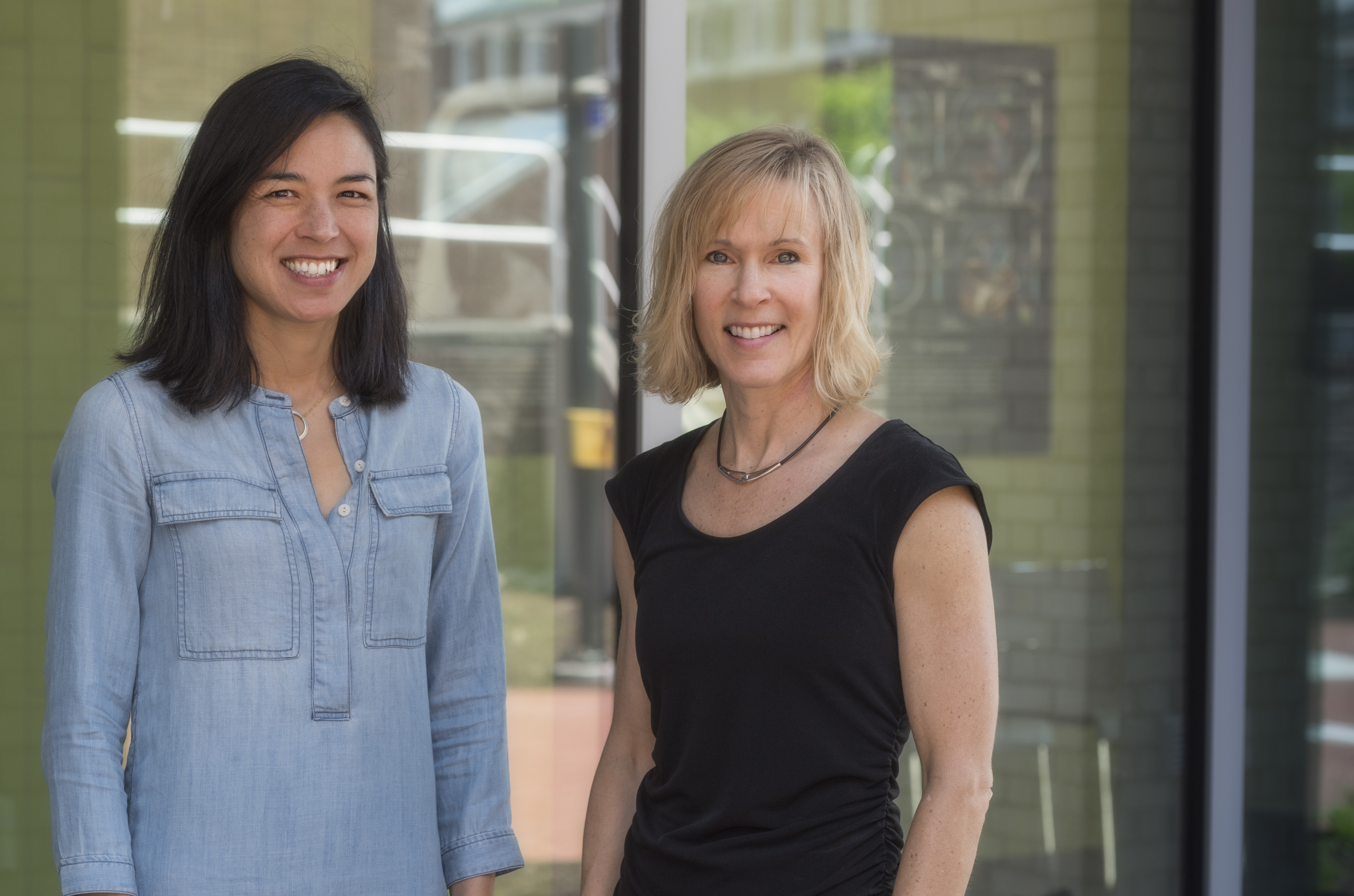
DOE funding
UD's Kempton to share in $6.5 million in DOE funding to help grid accommodate more renewable energy
1:21 p.m., June 15, 2015--The Department of Energy’s National Renewable Energy Laboratory (NREL) has announced new funding to address challenges in enabling the nation’s electric grid to handle increasing amounts of renewable energy.
Willett Kempton’s research group at the University of Delaware is one of five new technical teams selected nationwide to share in up to $6.5 million in federal funding.
Research Stories
Chronic wounds
Prof. Heck's legacy
NREL is managing the Integrated Network Testbed for Energy Grid Research and Technology Experimentation (INTEGRATE) and all of the teams will test their technologies in NREL's unique megawatt-scale Energy Systems Integration Facility (ESIF).
At UD, Kempton’s group will test how electric vehicles can provide energy storage support to the power grid. This "vehicle-to-grid" (V2G) technology shows great promise because it allows owners of electric vehicles to get extra utility out of the vehicle's battery pack, essentially using it as a supplemental power supply. When coordinated with a smart grid, utilities can leverage V2G-equipped electric vehicles to help regulate the local power grid.
Kempton, professor in the School of Marine Science and Policy in UD’s College of Earth, Ocean, and Environment and research director of the University’s Center for Carbon-Free Power Integration, and his colleagues developed the concept of V2G at UD in 1997. The research team, which includes Fouad Kiamilev, professor of electrical and computer engineering and a co-principal investigator on the project, has been conducting research and development on V2G technologies since then.
"Technologies such as smart appliances and electric vehicles are changing how we think about and operate the electrical grid," said Bryan Hannegan, NREL's associate director for energy systems integration. "As these technologies are commercialized and adopted by consumers, our grid of the future must be able to draw on a wide range of resources to maintain a stable power supply and deliver clean, reliable energy to consumers. The INTEGRATE project is a key step toward achieving that future."
Sponsored by the Department of Energy's Office of Energy Efficiency and Renewable Energy, the objective of the INTEGRATE project is to provide grid services in a holistic manner using an open-source, interoperable platform that would allow renewable energy systems and other clean energy technologies to be connected to a "smart" power grid in a "plug and play" manner, similar to how computers allow users to plug in new devices and connect automatically to the device. Smart power grids include communication technologies to make the grid easier to monitor and control.
Four other technical teams also selected for funding include: OMNETRIC Group, Smarter Grid Solutions and two separate teams led by the Electric Power Research Institute. To learn more about the other teams selected, view the NREL press release.
NREL is the U.S. Department of Energy's primary national laboratory for renewable energy and energy efficiency research and development. NREL is operated for the Energy Department by The Alliance for Sustainable Energy LLC.
About the College of Earth, Ocean, and Environment
UD’s College of Earth, Ocean, and Environment (CEOE) strives to reach a deeper understanding of the planet and improve stewardship of environmental resources.
CEOE faculty and students examine complex information from multiple disciplines with the knowledge that science and society are firmly linked and solutions to environmental challenges can be synonymous with positive economic impact.
The college comprises the School of Marine Science and Policy, Department of Geography and Department of Geological Sciences.
CEOE brings the latest advances in technology to bear on both teaching and conducting ocean, earth and atmospheric research. Current focus areas are ecosystem health and society, environmental observing and forecasting, and renewable energy and sustainability.
Adapted with permission from the National Renewable Energy Laboratory
Photo by Evan Krape








